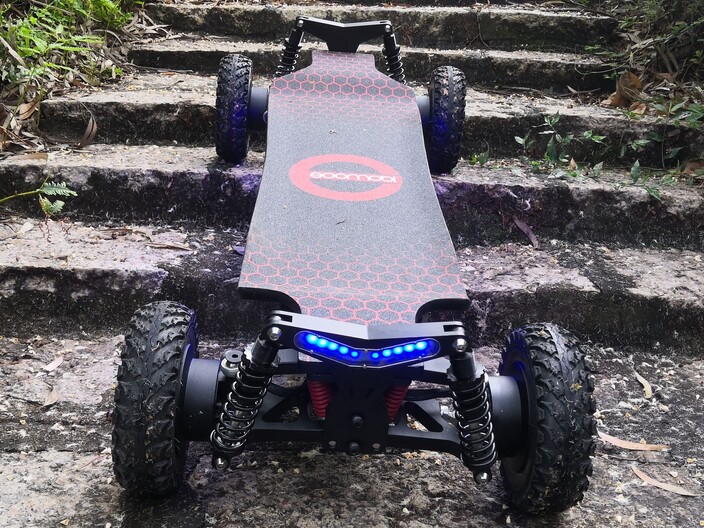A Closer Look at Mountainboard Design and Technology
Body
Mountainboarding, also known as all-terrain boarding, is an exhilarating sport that combines elements of snowboarding, skateboarding, and mountain biking. It involves riding a specially designed board down hills, mountains, and off-road terrains. In this article, we will delve into the fascinating world of mountainboard design and technology, exploring the key components and innovations that make this sport possible.

The Deck: The Foundation of Mountainboard Design
The deck is the central component of a mountainboard, providing the rider with stability and control. It is typically made from layers of laminated wood or composite materials, such as fiberglass or carbon fiber, to ensure durability and flexibility. The shape and size of the deck play a crucial role in determining the board's performance.
Modern mountainboard decks feature concave profiles, which enhance grip and responsiveness. They also incorporate various flex patterns to accommodate different riding styles and terrains. For example, a stiffer deck is preferred for downhill racing, while a more flexible deck is suitable for freestyle tricks and jumps.
A Closer Look at Mountainboard Trucks and Wheels
Mountainboard trucks are the metal components that connect the deck to the wheels. They allow for smooth turning and maneuverability. Similar to skateboard trucks, mountainboard trucks consist of a baseplate, hanger, and kingpin. However, they are designed to withstand the rigors of off-road riding.
The wheels of a mountainboard are larger and wider than those of a skateboard, providing better stability and traction on uneven surfaces. They are typically made from high-density polyurethane, which offers excellent shock absorption and durability. The tread pattern of the wheels varies depending on the intended terrain. For example, deep treads are ideal for muddy conditions, while shallower treads are suitable for hard-packed dirt or gravel.
Bindings and Safety Gear: Ensuring Rider Comfort and Protection
Mountainboarding requires the use of bindings, which secure the rider's feet to the board. Bindings come in various designs, including strap-in and ratchet systems, to provide a snug and secure fit. They allow riders to maintain control and stability while performing tricks and navigating challenging terrains.
When participating in any extreme sport, safety should always be a top priority. Mountainboarders wear protective gear, including helmets, knee pads, elbow pads, and wrist guards, to minimize the risk of injury. These safety accessories are designed to absorb impact and provide crucial protection to vulnerable areas of the body.
Innovations in Mountainboard Design and Technology
The world of mountainboard design and technology is constantly evolving, with new innovations pushing the boundaries of what is possible. One notable advancement is the introduction of electric mountainboards, which are powered by electric motors. These boards offer enhanced speed and versatility, allowing riders to conquer challenging terrains with ease.
Another exciting development is the integration of smart technology into mountainboards. Some boards now feature built-in sensors and connectivity, enabling riders to track their performance, monitor battery levels, and even communicate with other riders through smartphone apps.
Furthermore, advancements in materials and manufacturing techniques have led to lighter and stronger mountainboards. Carbon fiber and other high-performance composites are increasingly being used to create boards that are both durable and lightweight, enhancing the overall riding experience.
As the sport continues to grow in popularity, we can expect further innovations in mountainboard design and technology, making it even more accessible and thrilling for riders of all skill levels.
Conclusion
A Closer Look at mountainboard Design and Technology reveals the intricate details and innovations that make mountainboarding an exciting and dynamic sport. From the deck to the trucks, wheels, bindings, and safety gear, every component plays a vital role in ensuring a thrilling and safe riding experience. With advancements in electric boards, smart technology, and materials, the future of mountainboarding looks promising. So grab your board, gear up, and get ready to conquer the mountains!










Comments